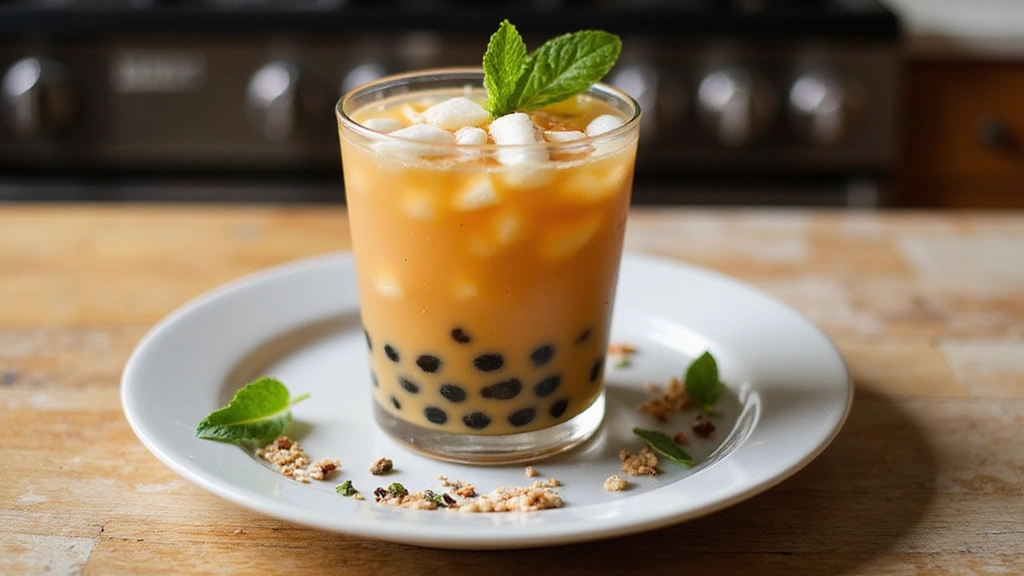Bubble tea, with its vibrant colors and chewy tapioca pearls, is an irresistible treat that has taken the world by storm.
This refreshing beverage, originally hailing from Taiwan, offers a delightful mix of textures and flavors that cater to both the sweet tooth and the adventurous palate.
Whether you’re a seasoned bubble tea aficionado or a curious newcomer, making your own at home provides a fun and customizable experience.
From the rich and creamy milk teas to the fruity and refreshing varieties, there’s a bubble tea for every taste preference.
No fancy equipment is needed, just a few simple ingredients and a bit of creativity.
The History and Cultural Significance
• Bubble tea traces its origins to Taiwan in the 1980s, where it was originally created by mixing sweetened tea with chewy tapioca pearls.
• The dish evolved over decades as new flavors and ingredients, such as fruit syrups and jellies, were introduced, eventually becoming the beloved version we know today.
• In Taiwanese culture, bubble tea is not only a popular drink but also a symbol of innovation and culinary creativity.
• While many variations exist across different regions, the authentic version maintains the key characteristic of chewy tapioca pearls that sets it apart from imitations.
Recipe Overview
Nutritional Information (per serving)
Essential Equipment Guide
Pot: A pot is essential for boiling the tapioca pearls, ensuring they cook evenly and achieve the desired chewy texture. A medium-sized pot works best for home use.
Strainer: A fine-mesh strainer helps in draining and rinsing the cooked tapioca pearls, preventing them from sticking together. A colander could be an alternative.
Shaker or Jar with Lid: To mix the ingredients effectively, a cocktail shaker or a jar with a tight-fitting lid is ideal. This helps in blending the flavors and creating a frothy texture.
Ingredients
For the Base
|
|
| Amount | Ingredient | Notes |
|---|---|---|
| 1 cup | tapioca pearls | provides the classic chewy texture |
| 4 cups | water | for boiling pearls |
For the Tea
| Amount | Ingredient | Notes |
|---|---|---|
| 4 bags | black tea | strong, robust flavor |
| 2 cups | water | for brewing tea |
For the Sweetener
| Amount | Ingredient | Notes |
|---|---|---|
| 1/2 cup | sugar | adds sweetness |
| 1 cup | milk | adds creaminess |
Optional Flavors
| Amount | Ingredient | Notes |
|---|---|---|
| 1 tablespoon | honey | enhances sweetness |
| 1 tablespoon | vanilla extract | adds depth of flavor |
Preparation Methods
Brewing Strong Tea: For bubble tea, brewing a strong tea base is essential to ensure the flavor holds up against the milk and sweeteners. Use more tea bags or steep longer for a robust flavor.
Cooking Tapioca Pearls: Properly cooking tapioca pearls involves boiling them until they are translucent and chewy. It's crucial to stir frequently during cooking to prevent clumping.
Shaking the Tea: Shaking the tea with milk and sweetener creates a frothy texture that enhances the drink's appeal. Use a shaker to mix thoroughly, incorporating all flavors.
Step 1: Prepare Ingredients
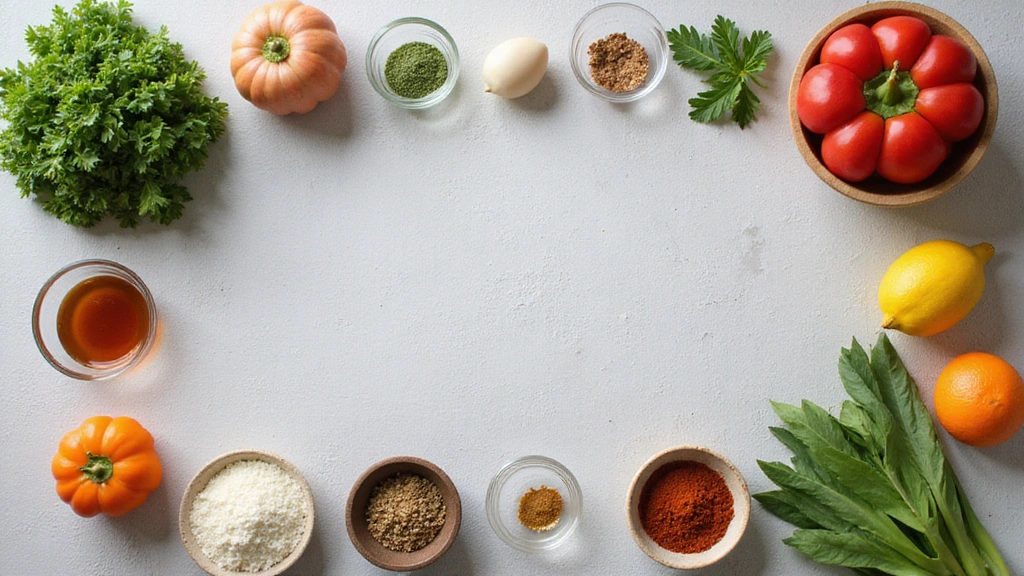
Gather all necessary ingredients and equipment before starting.
Ensure the tapioca pearls are measured accurately and the tea bags are ready.
Set up your workspace with a pot, strainer, and shaker or jar.
Having everything ready will streamline the preparation process.
Step 2: Boil Tapioca Pearls

Bring 4 cups of water to a rolling boil in a medium-sized pot.
Add the tapioca pearls and stir gently to prevent sticking.
Allow the pearls to boil for about 5-7 minutes until they become translucent.
Stir occasionally to ensure even cooking.
Step 3: Drain and Rinse Pearls
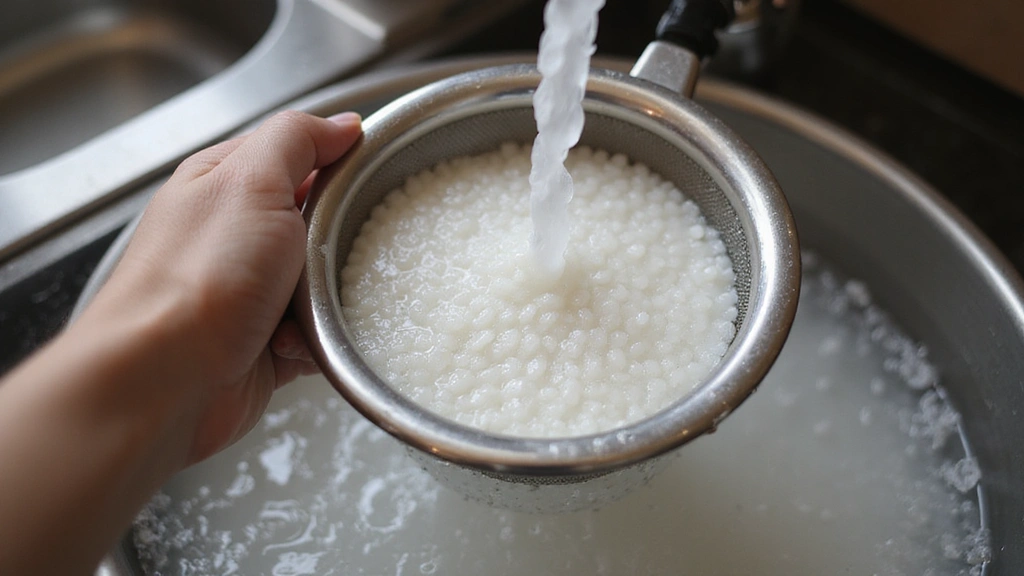
Once cooked, pour the tapioca pearls into a fine-mesh strainer.
Rinse them under cold water to stop the cooking process.
Ensure all excess water is drained thoroughly.
Rinsing helps maintain the pearls' chewy texture.
Step 4: Brew the Tea

In a separate pot, bring 2 cups of water to a boil.
Add the black tea bags and steep for 5 minutes for strong flavor.
Remove the tea bags and allow the tea to cool slightly.
Strong tea forms the flavorful base of the bubble tea.
Step 5: Sweeten the Tea

Add sugar to the hot brewed tea and stir until dissolved.
Taste and adjust sweetness as desired.
Mixing while hot ensures sugar dissolves completely.
Let the sweetened tea cool to room temperature.
Step 6: Combine Tea and Milk
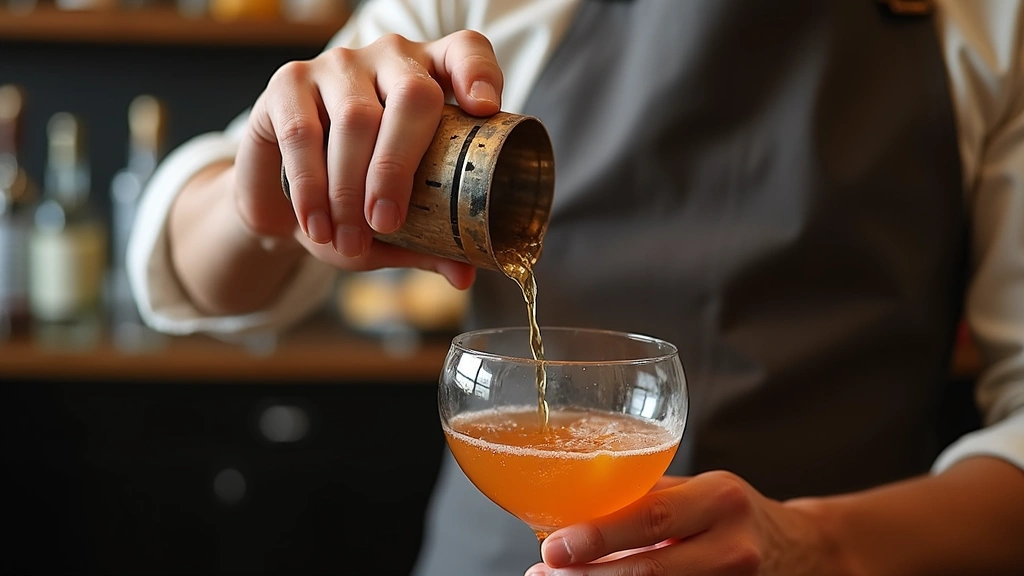
In a shaker or jar, combine the cooled tea with milk.
Add honey or vanilla extract if desired for additional flavor.
Seal the shaker or jar and shake vigorously to mix.
Shaking creates a frothy, well-blended drink.
Step 7: Assemble the Bubble Tea
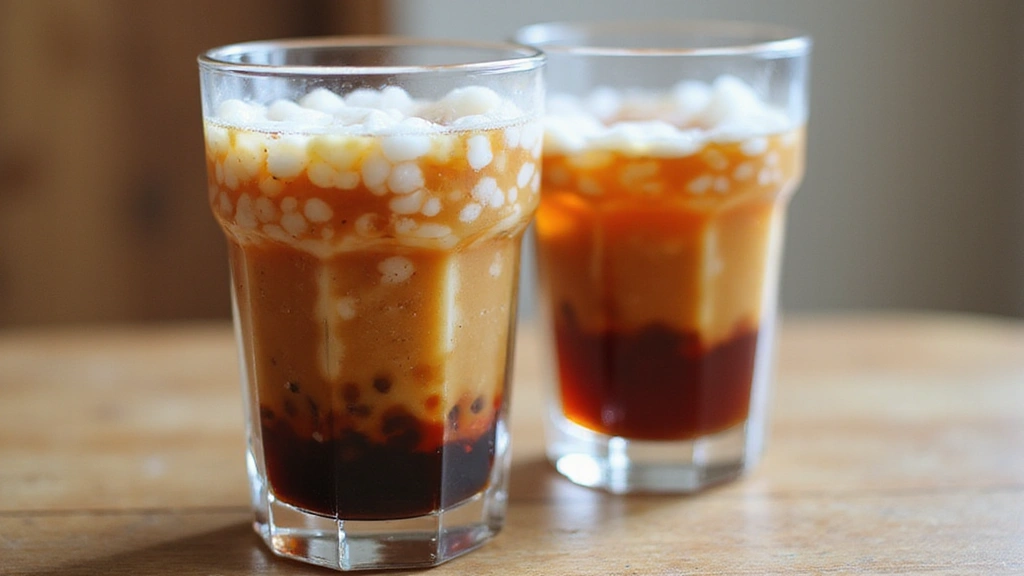
Divide the cooked tapioca pearls among serving glasses.
Pour the tea and milk mixture over the pearls, filling each glass.
Stir gently to combine pearls with the tea for an even distribution.
Ensure each glass has a generous amount of pearls and liquid.
Step 8: Serve and Enjoy

Insert a wide straw into each glass for easy pearl consumption.
Serve immediately to enjoy the optimal texture and flavor.
Encourage guests to stir before sipping to mix flavors.
The fresh bubble tea is ready to delight with every sip.
Critical Timing and Temperature Guide
Boiling Tapioca Pearls: Boil for 5-7 minutes until translucent, stirring often to prevent sticking. Avoid overcooking as it leads to soggy pearls.
Brewing Tea: Steep tea bags in boiling water for 5 minutes for a strong flavor. Over-steeping can result in bitterness.
Shaking the Tea: Shake for at least 30 seconds to ensure proper mixing and frothiness. Insufficient shaking might leave ingredients unevenly distributed.
Pro Tips for Make Your Own
• Ingredient Selection: Choose high-quality tea leaves or bags for the best flavor. Fresh tapioca pearls make a noticeable difference in texture.
• Preparation Secret: Rinse cooked tapioca pearls under cold water to enhance their chewiness and prevent clumping.
• Temperature Management: Use hot water to dissolve sugar quickly and cool the tea to room temperature before mixing with milk.
• Texture Enhancement: Ensure the tapioca pearls are cooked just until translucent for optimal chewiness.
• Flavor Layering: Add a splash of flavored syrup or extract for a personalized twist without overwhelming the tea's essence.
• Make-Ahead Strategies: Prepare tapioca pearls ahead of time and store them in a simple syrup to keep them soft and fresh for up to 2 days.
• Restaurant-Quality Finishing Touches: Garnish with a mint leaf or a sprinkle of nutmeg for an elevated presentation.
• Equipment Optimization: If a cocktail shaker isn't available, a mason jar with a tight lid works perfectly for shaking.
Troubleshooting Common Issues
• Tapioca Pearls Too Hard: This usually happens if the pearls are undercooked. Boil for an additional 2-3 minutes and test for doneness.
• Flavors Too Weak: Ensure the tea is brewed strong enough initially. Adjust by adding more tea bags or steeping longer next time.
• Tea Too Bitter: Over-steeping can cause bitterness. Stick to 5 minutes steeping and adjust the sweetener to balance flavors.
• Pearls Sticking Together: Rinse thoroughly under cold water and separate gently with a spoon or hands after cooking.
• Drink Too Sweet: Start with less sugar and adjust to taste. Consider using non-sweetened milk or creamers.
Variations and Regional Differences
• Thai Bubble Tea: Features strong black tea and sweetened condensed milk, creating a rich and creamy texture distinct from the original.
• Matcha Bubble Tea: Uses matcha green tea powder instead of black tea, offering a vibrant color and earthy flavor unique to Japanese cuisine.
• Fruit Bubble Tea: Incorporates fruit syrups or purees, such as mango or strawberry, for a refreshing and fruity twist popular in summer months.
• Coconut Bubble Tea: Combines coconut milk with black tea, offering a tropical flavor profile enjoyed in Southeast Asian regions.
Food Science Behind the Recipe
• Gelatinization of Tapioca Pearls: Cooking pearls causes starch granules to swell and soften, creating the chewy texture characteristic of bubble tea.
• Emulsification: Shaking the tea with milk creates a homogenous mixture, where the milk's fat disperses through the tea, enhancing flavor and texture.
• Flavor Extraction: Steeping tea bags releases tannins and flavor compounds, the concentration and duration of which affect the final taste profile.
Frequently Asked Questions
What's the most common mistake people make when preparing bubble tea? The most common mistake is undercooking or overcooking the tapioca pearls, which results in an undesirable texture.
Can I use any type of tea for bubble tea? While traditional bubble tea uses black tea, you can experiment with green, oolong, or herbal teas for different flavor profiles.
How do I store leftover bubble tea? Store the tea and pearls separately. Keep the tea refrigerated and the pearls in simple syrup at room temperature for up to 2 days.
Can I make a dairy-free version? Yes, substitute regular milk with almond, soy, or coconut milk for a dairy-free alternative.
Why is my bubble tea separating? Improper shaking can cause separation. Ensure you shake vigorously to emulsify the ingredients properly.
How can I make it more or less sweet? Adjust the amount of sugar or honey to your preference, and balance with additional milk if needed.
Can I prepare tapioca pearls in advance? Yes, cook them and store in a simple syrup for up to 2 days to maintain their chewiness.
Serving and Presentation Guide
• Traditional Presentation: Serve in a tall glass with a wide straw for easy consumption of tapioca pearls.
• Layered Presentation: Pour tea and milk over the pearls carefully to create visible layers, adding visual appeal.
• On-the-Go Presentation: Use a mason jar with a lid and straw, perfect for a portable bubble tea experience.
• Party Presentation: Serve in a large punch bowl with a ladle, allowing guests to serve themselves and customize their drinks.
Conclusion
Making your own bubble tea at home is not only a fun culinary adventure but also a way to customize your favorite flavors.
With a few simple ingredients and techniques, you can create a refreshing and satisfying drink that rivals your favorite bubble tea shop.
Don't hesitate to experiment with different teas, milks, and sweeteners to find your perfect combination.

